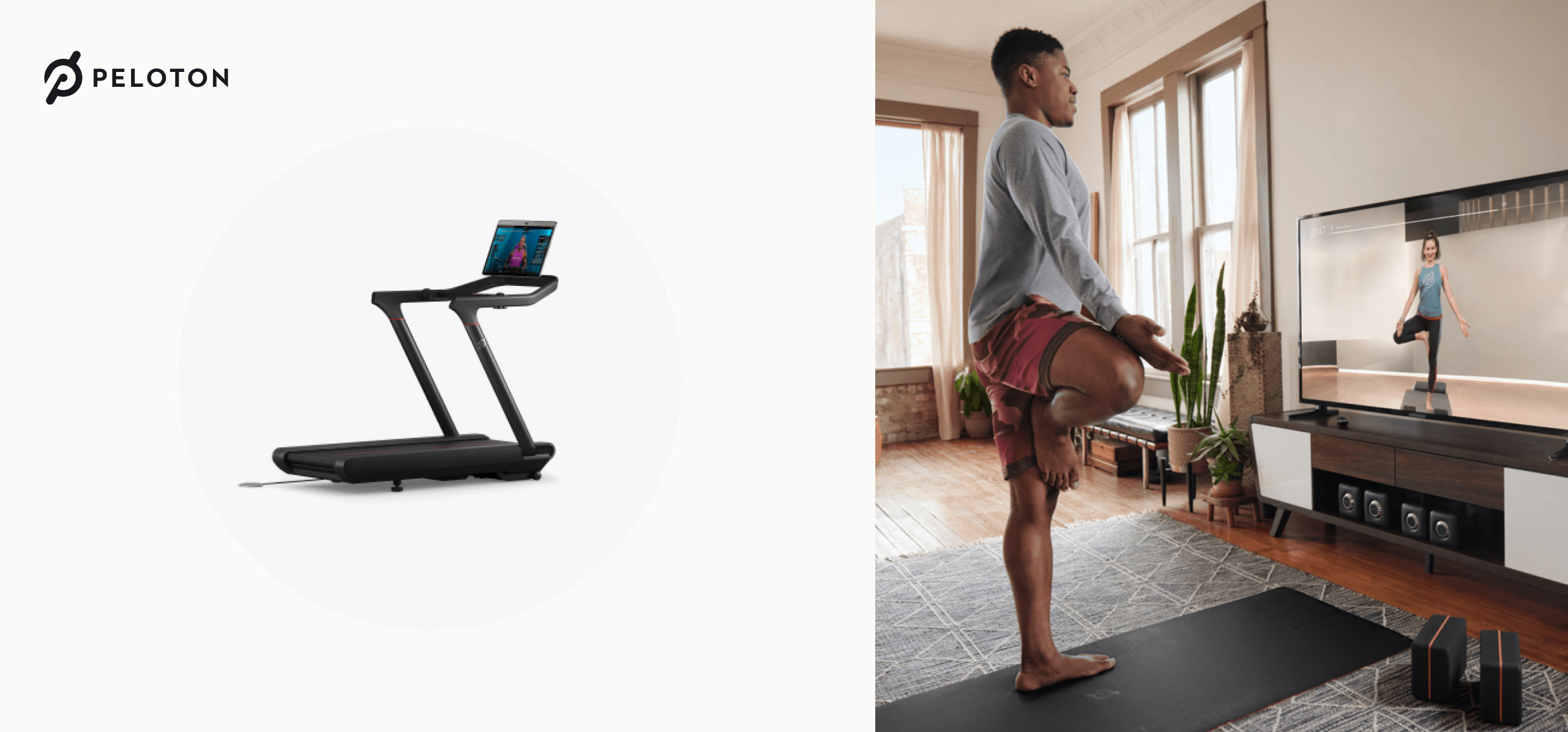Ecommerce is surging. In 2022, retail ecommerce revenues in the United States reached $857B. By 2027, they’re expected to top $1.5T.
Online shopping is here to stay, and brands are fighting for their piece of the pie.
However, not all companies that sell online are alike. Most fit into one of two categories: D2C or B2C.
What’s the difference between the two? What are their advantages and disadvantages?
Understanding today’s ecommerce will make you better equipped to succeed online in the coming years.
What is D2C?
D2C is short for direct-to-consumer. Another common abbreviation is DTC.
What does direct-to-consumer mean?
In ecommerce, D2C refers to a company that sells its own products directly to the end consumer.
This means D2C companies distribute their products to customers within their own channels. Today, the main channels are D2C websites, social media platforms, and mobile apps.
Simply put, D2Cs are brands that set up websites to sell their own products. They’re particularly common in industries like fashion, luxury goods, and consumer electronics. In these fields, it's relatively easy for brands to use consumer marketing to attract millennials and other young demographics.
The D2C market has been experiencing double-digit growth rates for years, and retail experts estimate that online D2C revenues in 2023 will top $170B in the USA alone.
Popular D2C businesses include Glossier, True Classic, and Warby Parker.
If you’d like to dive deeper into D2C and see some leading D2C consumer brands, check out our guide on What is D2C?

What is B2C?
B2C stands for business-to-consumer. B2C ecommerce involves companies that sell products to users online through a third-party mediator’s website.
Unlike the D2C model, the producer isn’t using their own platform or channel to sell or distribute their products.
B2C brands use wholesalers, retailers, or distributors throughout their supply chain to get products to the end customer.
They cooperate with a number of organizations that follow the business-to-business model (B2B). A B2B business focuses on transactions between companies, not interactions with individual customers. Well-known B2B companies include Microsoft, Oracle, and Shopify.
Right now, B2C ecommerce is far larger than its D2C counterpart, but it isn’t growing as quickly. The global B2C market was worth $4.4T in 2022, yet annual growth rates tend to remain below 10%.
The largest B2C companies have massive online marketplaces where customers buy products from thousands of manufacturers. Think of Amazon, Walmart, and eBay.

Several famous brands operate in both D2C and B2C spheres. Nike products, for example, are available on many B2C platforms, like Walmart.com and Footlocker.com. However, Nike cut ties with Amazon in 2019 to upgrade its D2C offer.
While Nike has found a dominant D2C formula that delivers an elevated customer experience, many brands struggle to mix D2C with B2C. Simultaneously selling via retailers and your own website can confuse customers.
In D2C, you control customer service and oversee customer experience. In B2C, brands must rely on the retailer’s customer service.

D2C vs B2C
Anyone new to ecommerce is probably asking themselves — what is the difference between D2C and B2C?
Essentially, the D2C business model operates without “middlemen” marketplaces or sales channels like Amazon that B2C businesses rely on. In D2C, every exchange and encounter involves only a brand and its customers.
And how are these D2C companies faring?
New research indicates 60% of customers want to shop directly with their favorite brands, not with retailers. In 2022, the number of digital D2C buyers surpassed 100M for the first time.
That being said, over 60% of all online product searches still start on Amazon, so any aspiring D2C business has to be mindful of the ecommerce giants as they plan a path forward. Nevertheless, two out of five Americans say they’ll shop with D2C brands in the coming years, so the opportunities will be there.
A major advantage D2C has over B2C is the power it gives brands to craft the customer experience. The future of ecommerce will be built around experiences, and the best experiences are those you — not a third party — fully control.
The table below offers a breakdown of the major differences between D2C and B2C.

D2C benefits and pitfalls
What’s behind this recent rise in D2C ecommerce businesses?
Well, D2C ecommerce brings numerous benefits to companies and customers alike.
Benefits
1. You have the ability to deliver personalized experiences since you have access to more customer insights. In B2C, the intermediaries get all the customer data — not the producers.
Producers can obtain all kinds of information about their customers, from simple demographic data to specific shopping preferences. Once you know this, you can provide customers with tailor-made interactions.
D2C websites can offer different customers customized experiences. Every visitor doesn’t have to see a bland, carbon-copy webpage. Companies have the opportunity to build strong emotional bonds with their customer base, boosting brand loyalty in the process.

Take Revelry as an example. It’s a D2C ecommerce platform where women can rent formal gowns. It encourages shoppers to share photos of themselves wearing their selected dresses, helping others see how they’d look. Not only would these customer insights be impossible to obtain elsewhere, but they also serve as honest feedback that’s genuinely helpful to others who are unsure about a dress’s size and fit.
2. Speaking of emotions, D2C companies are able to generate customer engagement around their products that’s rarely seen among traditional retail stores. Much of this stems from a sense of community that has emerged around several D2C brands.

A number of D2C businesses have excelled in building up a community through consumer marketing. Glossier, for instance, showcases fans, not influencers, across all its channels. It shares content from customers on its blog and social media, leveraging its direct relationship with shoppers as a marketing strategy. When it comes to customer service, social media DMs are Glossier’s highest-volume support channel.

Another well-known example is Peloton, which uses gamification to keep its users engaged. A video screen allows members to exercise with others in real time. They can connect to peers over Facebook or Fitbit as well. This adds a competitive element to the exercises, but the main advantage is that it completely immerses users in their classes.
3. Since D2C businesses enjoy more control over their ecommerce sales and marketing, it’s relatively easy for them to deliver higher customer satisfaction than other retailers.

When you’re closer to your customer, you can serve them better. For example, men’s apparel brand Bonobos credits its success to “ninja customer service.” Emails are answered in under 24 hours, and 90% of calls are resolved within 30 minutes.

In general, D2C companies have some of the most flexible exchange policies out there. Mattress brand Hyphen Sleep has a months-long trial period. Free shipping has become the standard among D2C brands as well.
Eager to get more info on the different ways to measure customer satisfaction? Read All About CSAT.
4. Going D2C gives a brand more control over profit margins. You don’t need to worry about any partnerships with resellers or marketplaces that could cut into your bottom line. You monitor your website and social media, which can also help keep overhead costs down. In many cases, this translates to higher profits and lower prices for end-users.
Pitfalls
Despite the many benefits of the D2C model, it does have some drawbacks.
1. Since the producer has total control over marketing, sales, and distribution channels, all of the liability also falls on their shoulders. Among other things, you’ll have to handle:
- Cyber breaches on your website
- Potentially complicated and expensive shipping
- Sensitive customer data
D2C brands are also responsible for any customer service issues.
B2C companies can fall back on a marketplace’s customer support if they see any kind of uptick in customer demand — Amazon has the resources to help out.
If a D2C website sees a similar surge, addressing the needs of every customer can prove challenging. That’s why customer service automation tools are often indispensable to high-growth online stores.

2. The D2C field is growing at an incredible pace, meaning that competition will only increase. Finding a way to stand out from the crowded field can be tough — your product alone likely won’t save you. Exceptional customer service and a robust community are key.
And it’s not only small players that you have to worry about. The current D2C trend is seen as an exodus from marketplaces like Amazon, but Amazon and other corporations are jostling to enter the D2C arena too. Their presence is bound to cause a problem for D2C brands that can’t position themselves properly.
The D2C advantage
Success in D2C isn’t guaranteed. It requires innovative and disruptive thinking.
D2C brands that stand out from their B2C counterparts, though, can reap all kinds of rewards for themselves and their customers.



.png)
.png)
